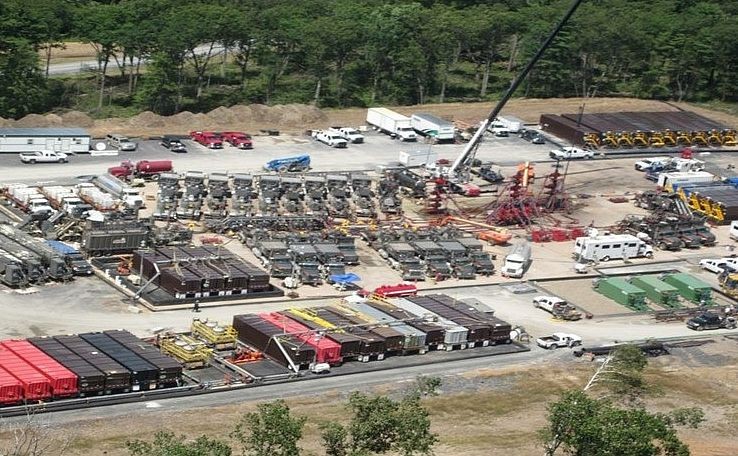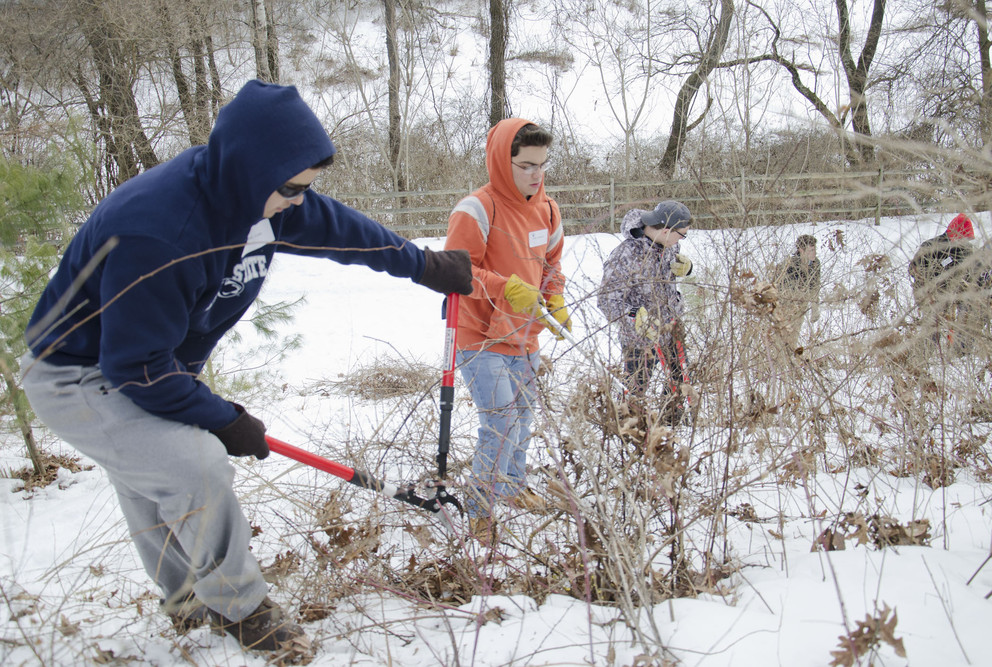UNIVERSITY PARK – You’ve seen the strange-looking trucks on the road these past few years. Maybe you’ve watched truck after truck head to a new shale-gas drill site in your area. But just what do they do with all that equipment?
A new online presentation from Penn State Extension answers that question.
“An Illustrated Guide to Shale Gas Drilling Equipment and Practices in Pennsylvania” is a self-running presentation designed for use by citizens who may want to learn more about shale-gas development in the mid-Atlantic region. Educators in both formal and informal educational settings also may want to use it for grades nine and up.
The presentation illustrates equipment and methods used in seismic testing, site preparation, well drilling, hydraulic fracturing, water storage, spill containment, pipeline construction and gas compression. It also shows examples of materials used to protect wetlands and the process of restoring a well site after the well is producing gas.
Citizens need to understand the basic processes involved in developing a shale-gas well so they can make wise decisions about their own land use and energy use now and in the future, according to Dr. Margaret Brittingham, professor of wildlife resources in Penn State’s College of Agricultural Sciences.
“People have strong feelings either for or against shale-gas development,” Brittingham said. “In this presentation, we don’t take sides, but instead try to show how and why the landscape is developed in the way that it is, including the equipment and infrastructure you might see.
“Public policies for natural-resource protection will be improved if the affected parties, which include almost everyone, are well informed and take advantage of opportunities to participate in decisions. We hope this presentation will contribute to that process.”
The presentation includes a narrated script and accompanying photos, with limited text. It is simple to use and runs automatically on the Internet.
The presentation is based on work supported in part by The Heinz Endowments.
Any opinions, findings, conclusions or recommendations expressed in the field guide are those of the authors and do not necessarily reflect the view of the sponsor.




